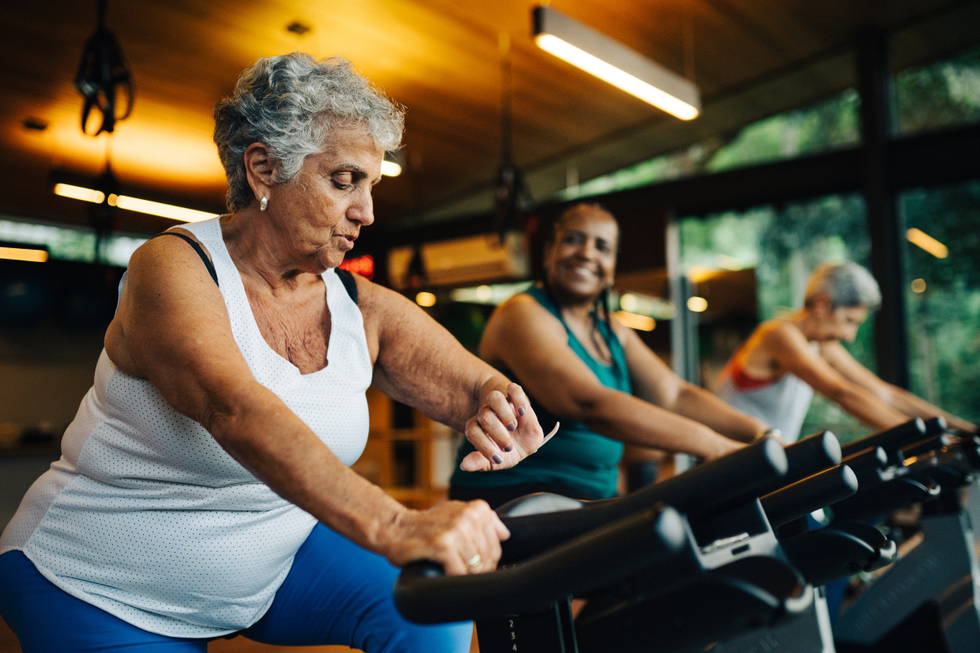Thinking about skipping the gym? A 30-minute workout could cut cancer growth by 30%
A study assessing breast cancer survivors found that exercise boosted the number of cancer-fighting proteins in the body
Don't Miss
Most Read
Just half an hour of vigorous exercise can substantially inhibit cancer cell growth, new findings suggest.
The Australian researchers at Edith Cowan University found that a single workout session triggers muscles to release protective proteins capable of suppressing tumour growth by up to 30 per cent.
The groundbreaking study focused on breast cancer survivors and examined how physical activity influences myokines - specialised proteins generated by muscle tissue that possess anti-cancer properties.
**ARE YOU READING THIS ON OUR APP? DOWNLOAD NOW FOR THE BEST GB NEWS EXPERIENCE**

Just half an hour of vigorous exercise can slash cancer growth
|GETTY
Brief, intense exercise sessions could become a valuable therapeutic tool in cancer management, offering patients a simple yet powerful method to combat the disease, the study claims.
The research, led by ECU PhD student Francesco Bettariga, demonstrated that exercise-induced myokines could diminish cancer cell proliferation by between 20 and 30 per cent.
His investigation measured protein levels in breast cancer survivors at three intervals: before exercising, directly afterwards, and half an hour following the workout.
"Exercise has emerged as a therapeutic intervention in the management of cancer, and a large body of evidence exists that show the safety and effectiveness of exercise as medicine, either during or post cancer treatment," Bettariga said.
LATEST DEVELOPMENTS
Cancer treatments often compromise the body's normal physiological responses, but both resistance training and high-intensity interval workouts proved equally effective at stimulating myokine production in the study participants.
The research examined breast cancer survivors performing these two distinct exercise types, with both approaches yielding comparable increases in the cancer-fighting proteins.
"The results from the study show that both types of exercise really work to produce these anti-cancer myokines in breast cancer survivors.
"The results from this study are excellent motivators to add exercise as standard care in the treatment of cancer," Bettariga said.

The study author said that his findings were 'excellent motivators to add exercise as standard care'
|GETTY
This equivalence between exercise modalities means that individuals can select workout routines that suit their preferences and physical capabilities while still reaping the possible benefits.
Additional research by Bettariga revealed how regular physical activity can help prevent cancer recurrence through its anti-inflammatory effects. Consistent exercise reduces inflammation by altering body composition - decreasing fat tissue while building lean muscle mass at the same time.
"If we are able to improve body composition, we have a better chance of decreasing inflammation because we are improving lean mass and reducing fat mass, which is responsible for releasing anti and pro-inflammatory markers," Bettariga said.
"You never want to reduce your weight without exercising, because you need to build or preserve muscle mass and produce these chemicals that you can't do through just diet alone," he warned.











